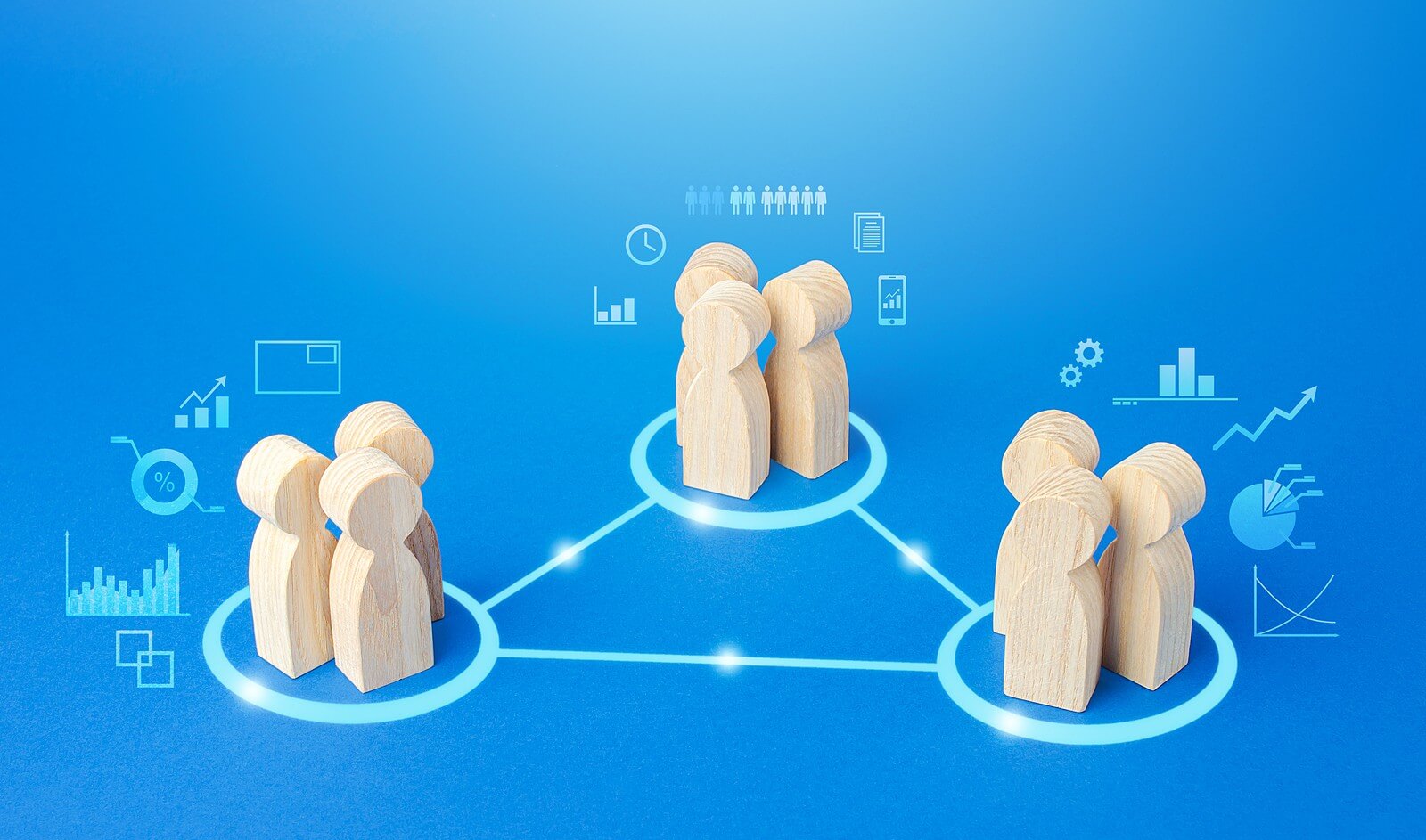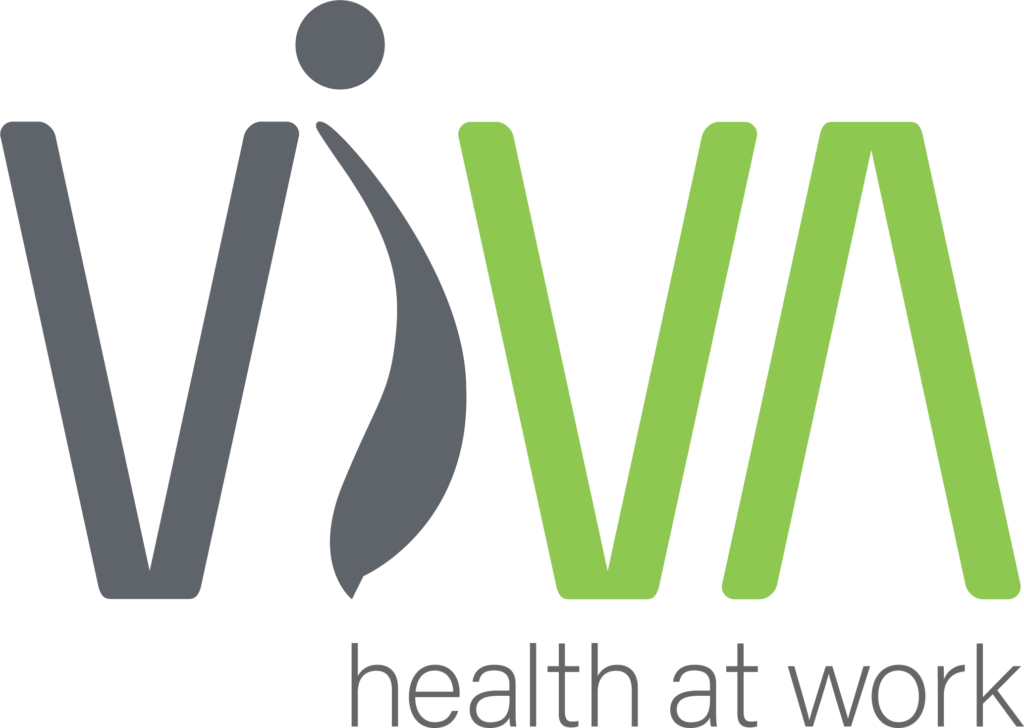Distributed workforce management is not new, but the epic change of work design during pandemic management is a confronting yet opportunity-laden experience for most organisational strategists. How can we turn the experience of work-from-anywhere into a rewarding and productive situation while at the same time manage the health, safety, financial, and legal risks?
We can define distributed workforce management as:
The organisation of work not constrained by geographic boundaries (where it is done) which can be flexible in terms of temporal commitments (i.e. when work is done) or contractual relations around who performs the work (i.e. how it is done and by whom).

To truly capitalise on the benefits of a distributed workforce, our industrial relations laws would require a significant overhaul. For example, I would love to recruit a colleague from Brazil to teach remotely into a graduate course that I coordinate but the university sector hiring policies are constrained by the laws determining eligibility to work in Australia for direct employment. Our surveillance capabilities would need to expand when it comes to technologies that enhance distributed work: for example, can workplace technologies detect customer or social-connection (including family relationship) incivility, aggression, or violence and provide GPS tracking to support workers (rather than to police workers)? Can this technology help workers exposed to such adverse scenarios to a) send push notifications of positive affirmations, b) send educational material and information about hotlines and support centres, and c) escalate notification to the workplace to start a conversation and consider intervention. The support can and should go to victims and perpetrators to deescalate situations where possible. This type of scenario affords a line of thinking that extends the concept of the distributed workforce: are we working from home (or café or anywhere), or are we living at work? If we live at work, what are the implications? What are the bounds of workplace protection and health promotion that is expected of any employer or Person Conducting a Business or Undertaking within the Australian Work Health Safety legislation?[1]
Workplaces have been challenged to design good work and jobs through traditional methods and emerging innovations in health protection and promotion. They have sought to protect workers from catastrophe, fatality, disablement, injury, discomfort, and non-communicable diseases (like metabolic ill-health conditions arising from sedentary behaviours). They have been challenged, through the pandemic, to protect workers from communicable disease. Coupled with these disease states, the workplace has been afforded the task to address interacting factors including occupational stressors that can escalate to result in work-related mental health disorders. The leadership is challenged to advance diversity in workplace design to enact inclusivity policies in a meaningful way. Worker rehabilitation is a legislated practice[2] (tertiary intervention), and vulnerable workers should be identified, such as older or younger workers, single parents, indigenous workers, or workers with mental health disorders or disablement in order to target workplace intervention for at-risk populations (secondary intervention). Our essential workers, evident through times of pandemic, such as our health care and hospital workers; police and operational support teams; military; emergency, utility, and council services; security services; mining and construction; critical government services; teaching; health and safety and infection control advisors; postal, warehouse and distribution services; essential retail or grocers; and scientists and laboratory technicians (working on vaccine development) to name a few, can be considered vulnerable workers when their work demands escalate. Further, we aim to prevent ill health, disease or injury, by identifying hazards, and assessing and treating risks for populations of workers (primary intervention)[3]. We face unprecedented times of the extremes of unemployment and underemployment coupled with overworked essential workers.
If we understand the tasks and jobs of our essential and vulnerable workers, as well as those that exist within vulnerable work systems, (i.e. the physical/cognitive/psychosocial/organisational work requirements), we can better support worker needs and advance their critical activity and engagement – through targeted and effective governance, policy, research, education, accreditation, recruitment, retention, competency, training, work organisation, and job and environmental design. We can begin to develop design concepts and strategies that speak to the opportunities afforded by change (constraint-based innovation), and advance that which might be valued within this changing world of work. For example, a marketable commodity of time can be promoted through flexible working arrangements or spatial collaboration technology that allows us to be geographically remote but “present” with our workers to provide coaching, training, and support in their workspaces. A design concept focused on the natural world can be advanced: aspects of natural elements brought into environmental design with indoor-outdoor, sunlit work areas that can support infection control but, importantly, our well-being too. A human-factors analysis of task, job, and work design can provide the empirical evidence to understand who does the work, how it is done, under what circumstances, the variability of this work, why it is important, where it can be conducted, and how it “fits” within a work system. Design can make the dreams of what can change for the better a reality.
Disclaimer
Sara Pazell, MBA, PhD, CPE, operates a human-centred design consultancy practice. She is affiliated with several Australian universities and service, product, or training organisations. These opinions reflect no other organisation with whom Sara has an affiliation; the ideas, concepts, and opinions are wholly Sara’s (influenced, of course, by the many scholars, teachers, students, and colleagues from whom Sara has been blessed to learn and sometimes wrangle with intellectually).
[1] Workplace Health and Safety Act 2011 (Cth)
[2] Workers’ Compensation and Rehabilitation and Other Legislative Amendment Act 2013 (QLD), s 267
[3] Standards Australia (2018). Australian standard: risk management – guidelines (AS ISO 31000:2018), viewed 12 November 2020, https://www.saiglobal.com/
